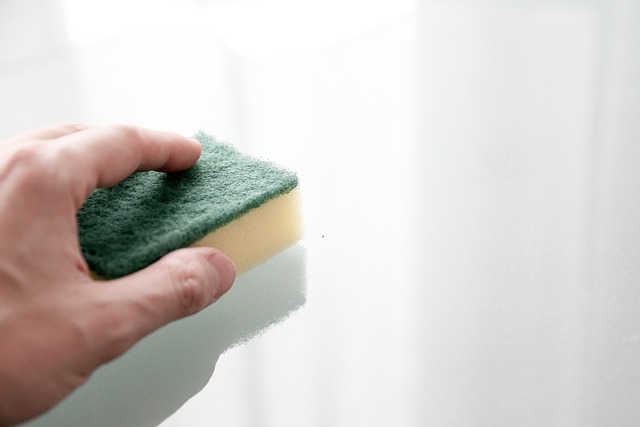
Your kitchen sponge might look harmless, but under the surface, it’s often one of the dirtiest items in your home. Studies have shown that sponges can harbor millions of bacteria per square inch, including potentially harmful strains like E. coli, Salmonella, and Staphylococcus aureus.
The reason? Sponges stay damp, absorb food particles, and are rarely cleaned properly — creating the perfect breeding ground for bacteria.
But don’t toss your sponge just yet! With the right cleaning routine, you can drastically reduce bacteria levels and keep your kitchen safer. Here’s how.
1. Microwave It (Safely)
Microwaving a damp sponge for 1–2 minutes can kill up to 99% of bacteria.
How to do it:
- Thoroughly wet the sponge (this is essential to prevent a fire).
- Place it in the microwave and heat on high for 1–2 minutes.
- Let it cool before removing — it will be very hot!
⚠️ Never microwave a sponge with metal or scrub pads.
2. Soak in Bleach Solution
Bleach is a powerhouse when it comes to killing germs.
How to do it:
- Mix 3/4 cup bleach in 1 gallon of water.
- Soak the sponge for 5 minutes.
- Rinse thoroughly and wring out.
This method can eliminate over 99% of bacteria and viruses.
3. Use the Dishwasher
Run your sponge through the hot wash and dry cycle in your dishwasher.
- Place it in the top rack.
- Use a high-heat drying cycle.
- Do this every few days for best results.
4. Vinegar and Baking Soda (Natural Option)
If you prefer a chemical-free approach, vinegar and baking soda can help reduce bacteria.
How to do it:
- Soak the sponge in full-strength white vinegar for 5 minutes.
- Rinse and sprinkle with baking soda.
- Let it sit for a few more minutes, then rinse again.
Note: This won’t kill as many germs as bleach, but it’s better than nothing.
5. Replace Often
Even with regular cleaning, sponges should be replaced frequently. The USDA recommends replacing your sponge every 1 to 2 weeks, especially if it starts to smell or degrade.
Final Tip: Use Alternatives
Consider switching to dish brushes, silicone scrubbers, or microfiber cloths — they’re easier to sanitize and often last longer than traditional sponges.
In Summary:
- Microwave, bleach, or dishwash your sponge regularly.
- Clean every few days, not just when it smells.
- Replace every 1–2 weeks to reduce the risk of contamination.
A clean sponge = a healthier kitchen. Don’t let bacteria make themselves at home!
